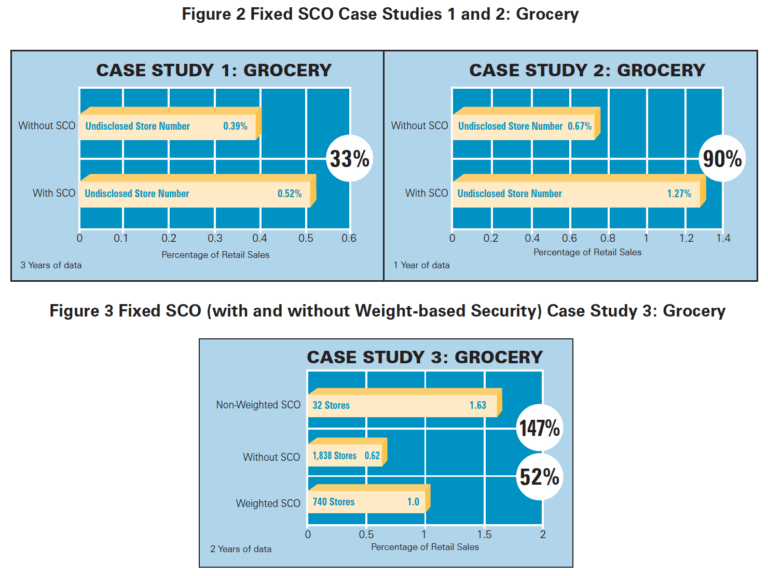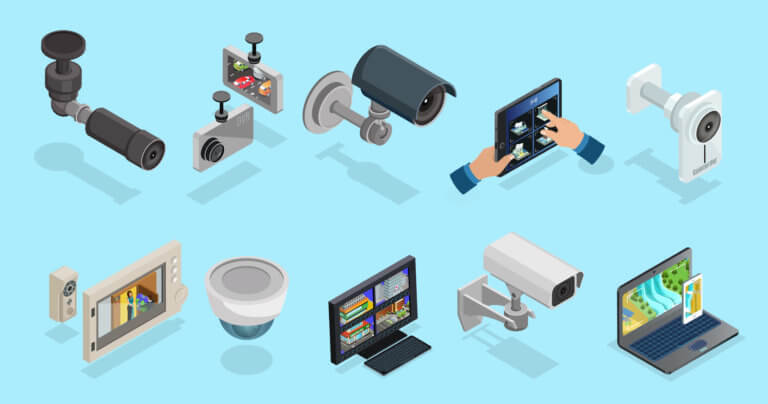Self-checkouts should be working better than they do. Although consumers are warming up to them, theft related to a cashier-less experience is so extreme that some retailers are pulling them out. Others are amping up deterrence measures, but many of these practices are rubbing consumers the wrong way. Is there a better approach?
In this blog, we will explore why theft at self-checkout is so high, review current solutions through a behavioral lens, and suggest alternative approaches.

THE CONTEXT OF THEFT AT SELF-CHECKOUTS
Researchers at the U.K.’s University of Leicester and the Netherland’s Tilburg University explored the reasons why theft is so high at self-checkouts. Both studies demonstrate that self-checkouts create an environment that is so conducive to shoplifting. It encourages theft in consumers who would not otherwise steal. This new group has been dubbed SWIPERS by criminology expert Emmeline Taylor: ‘Seemingly Well-Intentioned Patrons Engaging in Routine Shoplifting’. What is driving SWIPERS and other shoplifters to steal at self-checkouts? Here’s a quick summary:- Self-checkouts increase consumer frustration. Despite improvements in technology, self-checkouts are still far from simple. Most lack an effective workflow and there are no standard practices, creating confusion. A customer hasn’t been trained on how to find codes or enter promos correctly. Such frustrations may cause consumers to steal out of sheer exasperation.
- Stealing, simplified. At traditional checkouts, a staff member takes responsibility for accurately scanning items and obtaining payment. Without that oversight, brands rely on an honor system. When no one is watching, it’s a piece of cake to switch a lower-cost item for an expensive one, switch barcodes, and not scan all items.
- The risk of enforcement is low. If a consumer is caught with an unscanned item, they have the perfect explanation: it was an honest error. Proving otherwise may be impossible, making enforcement very difficult.
- Consumers rationalize their behavior. The removal of human interaction may amplify the sense that stealing from a big corporation doesn’t hurt anyone. In today’s inflationary economy, financial stress adds another reason to rationalize theft. In addition, consumers may feel that retailers are saving money by reducing labor costs so they are entitled to share those savings. Or, they may feel this is their way of forcing the retailer to “pay them” for doing a job that was previously done by staff.

Image Source: ECR Retail Loss
CURRENT DETERRENTS TO THEFT AT SELF-CHECKOUTS
Here are the most common deterrence methods used by retailers today. Note that every one of these methods involves friction. While friction is not always “bad” per se, some of these strategies risk creating negative experiences for consumers (including those who are not stealing) and staff.
STAFF MONITORING. Loss Prevention Media conducted a study with self-checkout staff. They reported insufficient staff to manage the number of self-checkouts. In addition to poor loss prevention, lower staff numbers also equal more negative consumer interactions.
A behavioral POV. Staff presence is important because human interaction increases our sense of responsibility to others, and therefore makes stealing feel more shameful. However, without adequate staffing, training, and a sales choreography based on deepening human connection, this strategy will create antagonistic interactions with a low impact on loss prevention.
SMART SECURITY. AI-enabled cameras, scales, and screens are being touted as a solution to self-checkout loss. However, there have been reports that existing systems do not function as well as they promise.
A behavioral POV. The presence of cameras is known to effectively deter crime in other situations. However, there is potential for false accusations and AI-enabled profiling, as well as staff overreliance on the technology. Retailers should test solutions vigorously (with real users in a real environment) and not expect a silver bullet.

Image Source: Shutterstock
SHUTTING DOWN SELF-CHECKOUTS AT BUSY TIMES. I recently encountered this baffling strategy in the middle of the after-work rush. Citing inadequate staff to man the stations, the store was full of long line-ups of irritated consumers.
A behavioral POV. Behavioral change is not best addressed by taking away choices. If stores are in dire straits, shutting down some self-scanning aisles to allow for proper staff monitoring is better than shutting them all or pulling them out of stores. However, these should be seen as temporary measures while better solutions are being developed.
RECEIPT CHECKS AND RESCANS. Some retailers have made headlines by implementing receipt checks or rescans as consumers exit. Irate consumers have responded on social media, complaining about being pre-emptively treated like criminals. Many state that retailers should redeploy cashiers if they can’t trust consumers to do the job.
A behavioral POV. Asking staff to check a purchase is time-consuming, creates a negative experience, and is unreliable — this study demonstrates that rescans only catch errors 2.8% of the time. It can lead to profiling, even when using AI prompts. This kind of friction is the most painful for consumers because it is embarrassing – and many if not most of these consumers will not be shoplifting. Public humiliation of honest customers should never be on the table.
WARNING COMMUNICATIONS. Messages that caution consumers about the risk of being caught and the potential consequences are a low-cost intervention that has been around as long as shoplifting. Think of “Smile, You’re On Camera” as the classic low-fi anti-theft deterrent.
A behavioral POV. Behaviorally-informed messaging can be powerful. The Tilburg University researchers found that messages suggesting perpetrators were sure to be caught did lower theft, while messages about the severity of consequences were less effective. The benefit of this approach is that retailers can cost-effectively test numerous messages.

Image: Shutterstock
In short…
The current approach to deterring theft at self-checkout takes no consideration for the impact on customer experience. While some of these measures may decrease theft, they are likely to also lower consumer satisfaction, loyalty, and brand affinity.
SUPPORT LOSS PREVENTION BY IMPROVING THE HUMAN EXPERIENCE
Solution 1. More Staff, Better Training
Nearly two-thirds of self-checkout staff stated they could not manage the number of machines they were assigned. Staff with more machines faced more verbal abuse and challenging interactions.
Brands should redesign the staffing role at self-checkouts as part of a holistic service design program, using proactive positive engagement to increase human connection rather than treating it like a military zone. This approach may also lead to changes in the physical design of the experience that make it easier for consumers to correctly check out and harder for them to steal.
Solution 2. Tech To Do More Than Transact & Prevent Theft
Retailers should seek solutions that provide a customer-centric experience, not just loss prevention. For example, solutions should support people with disabilities, for whom self-checkout is currently problematic. Some emerging programs promise AI-enabled cameras that can easily recognize products accurately, removing code-lookup from the consumer’s hands. Tech solutions should be holistic and provide additional benefits to the consumer rather than just focusing on transactions and theft.
Solution 3. Test Solutions Vigorously
Before you sign up for an expensive intervention, conduct a randomized control trial through a neutral third party. Why is this the best approach? Because RCTs are the only way to truly prove a causal effect. Solutions providers will share all kinds of dazzling data with you, but the context of your consumers and your stores is unique. Testing can potentially save you millions if you discover a shiny new solution doesn’t work for your brand.
Solution 4. Use Behavioral Design To Apply Appropriate Friction
The use of “sludge” to slow consumers down and give them pause is not wrong. However, creating barriers is a double-edged sword that can come with many drawbacks, which is what we are seeing today. Behavioral Insights practitioners will tell you that small things can make a big impact – for better or worse. A behavioral approach will support better mitigation of unintended consequences — as well as solutions that support a better experience for staff and consumers.
TO SUM IT ALL UP… THINK ABOUT THE LONG-TERM RELATIONSHIP YOU WANT WITH THE CONSUMER
To find a balance between efficiency and a positive experience, brands need to rethink their approach. Creating a police state within stores will not benefit retailers in the long run. Changing the context of self-checkout through a behaviorally-informed approach and humanistic interventions can reduce loss and also improve customer experience. Ideally, self-checkouts should benefit consumers, staff, and brands. We are not there yet.

